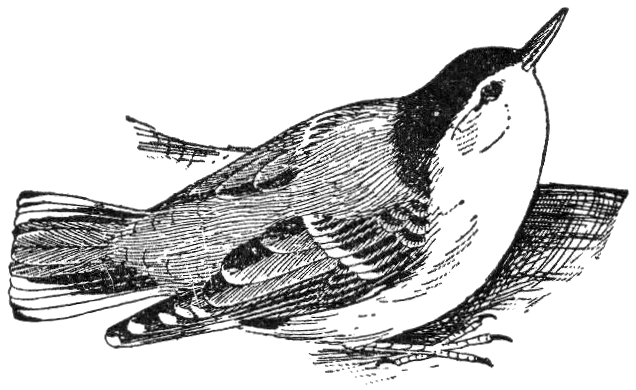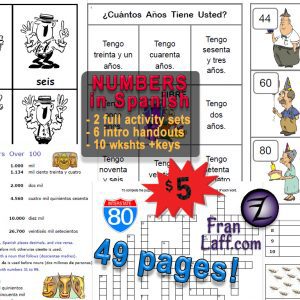
Do you already know this species? Click the arrows to check…















This dark-colored cup fungus grows in small clumps on hardwood, starting out nearly closed and tender enough to be eaten, and maturing into a more opened cup, becoming too tough to be of much use
This large-leaved biennial wildflower has thistle-like flowers and an edible and medicinal taproot
Similar in many ways to the American Goldfinch, this little bird has a heavily streaked breast and can often be found in sizeable groups.
Clumps of this small mint can look almost unreal, like clusters of tiny geometric towers sprayed with dusty purple paint
Also known as Kinnikinnick, this natural ground cover with leathery evergreen leaves and red berries can be found growing in sandy, rocky soils in the northern regions of Europe, Asia, and North America
This brightly colored, chunky bird is not found in America but frequents gardens and backyards in the UK and throughout much of Europe.
Birders in the eastern half of America welcome this bird as one of their most colorful and recognizable, with its classic blue plumage, contrasted with a little red and white
These plants CAN be a nuisance, with some species having stinging hairs… BUT they are edible and highly nutritious, with various other uses as well!




